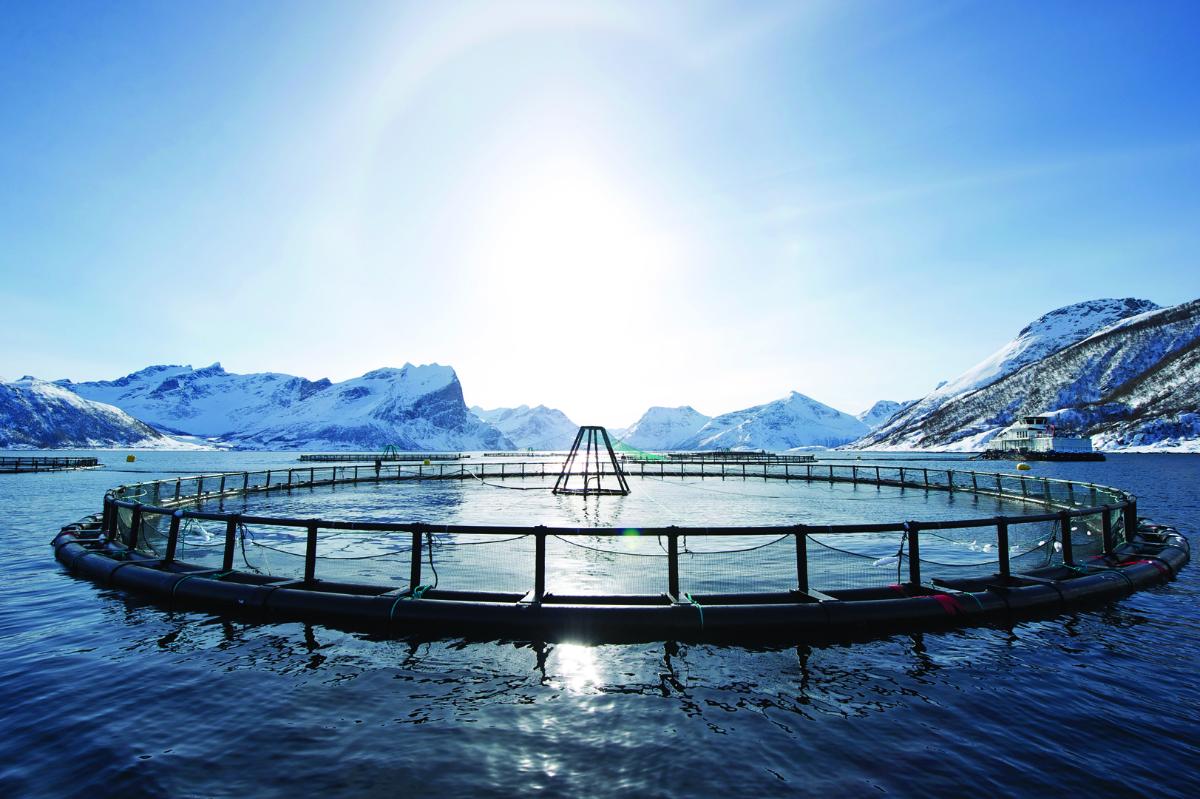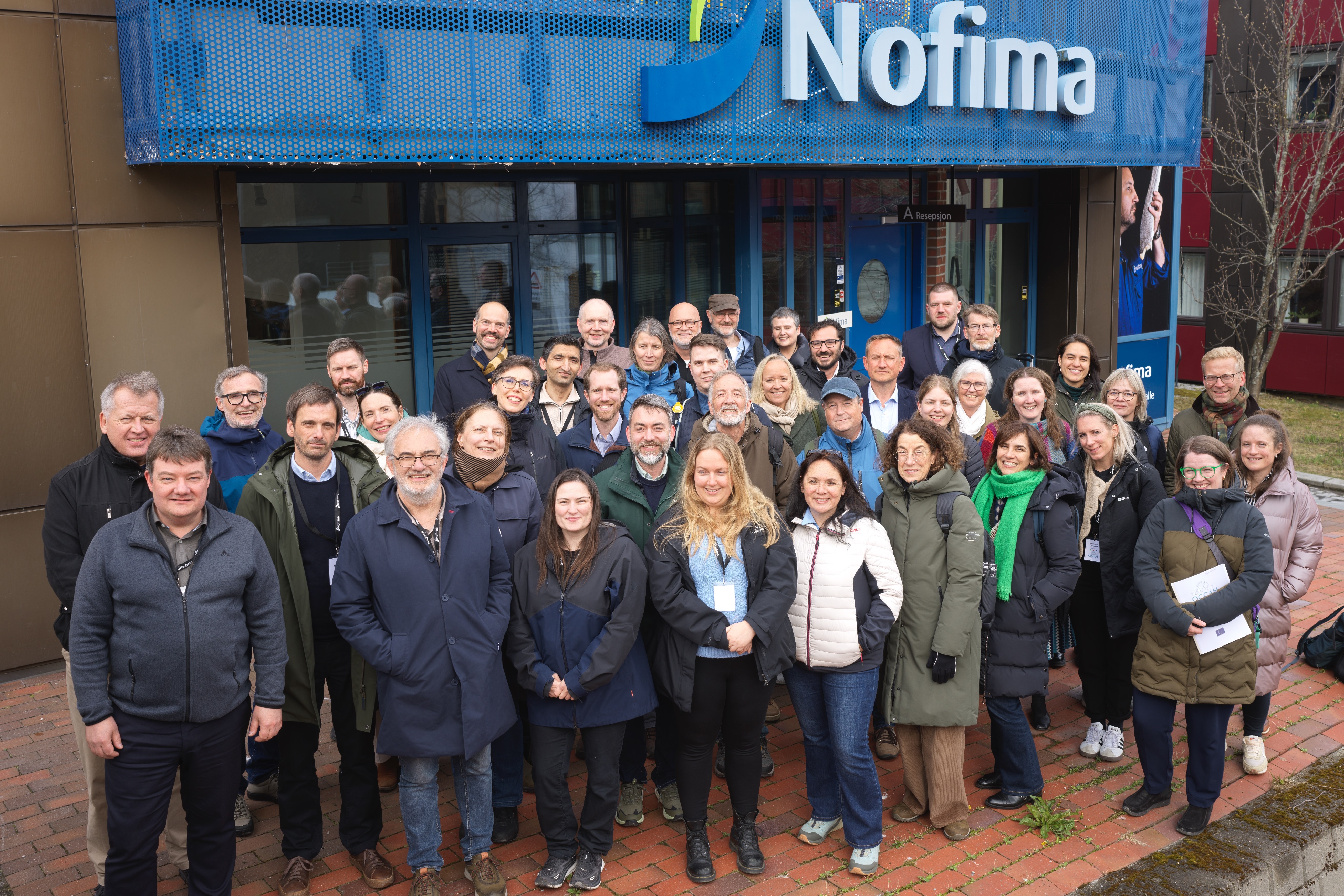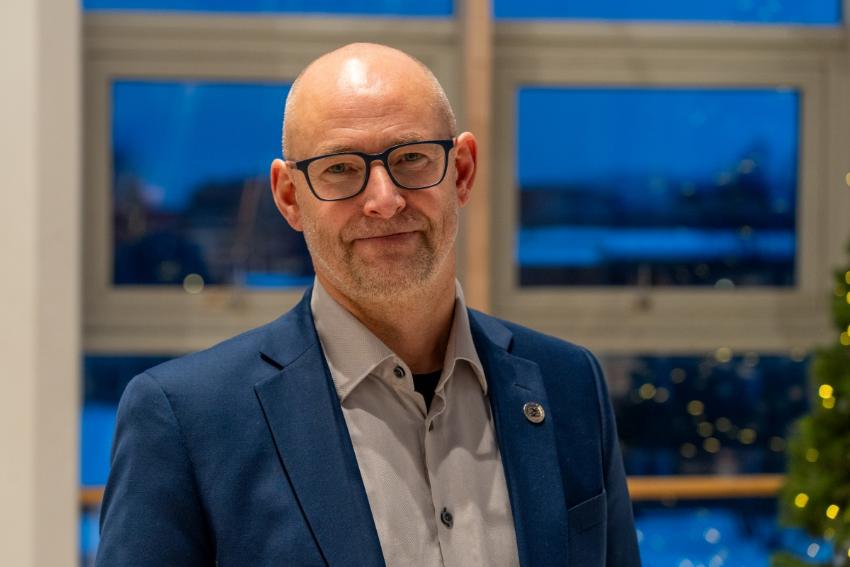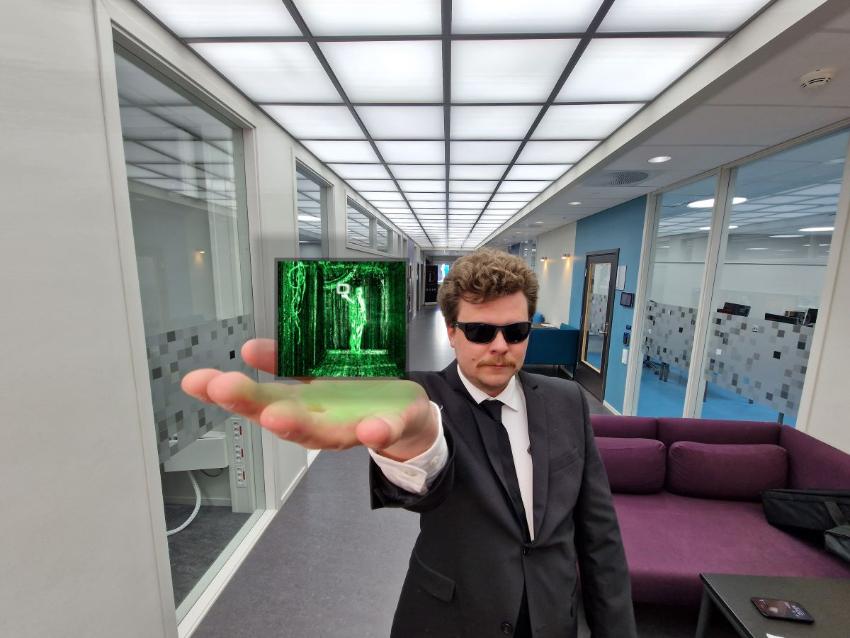Finding solutions for climate adaptation in the fishing and aquaculture industries
In May, two EU-supported research projects within aquaculture and fisheries were launched. The aim is to develop innovative and data-driven solutions to help the aquaculture and fishing industries in Europe adapt to climate change.

Over the next decades, both extreme weather and rising temperatures will significantly impact ecosystems in rivers, lakes, and marine areas. This could have major consequences for food production in these regions.
UiT has now taken on a central role in two research projects launched in May, aimed at identifying measures to counteract the ripple effects of this development. The research will be conducted in close collaboration with the aquaculture and fishing industries in Europe.
One of the projects is called OCCAM and is led by the food research institute Nofima, which works closely with research groups at UiT. OCCAM is supported by the EU and brings together 22 partners from research institutions, industry, the aquaculture sector, and NGOs across 10 European countries.
UiT is also participating in another research project with a similar goal, called MeCCAM. This project is led by the research centre Sjókovin in the Faroe Islands. Here, 16 partners from nine European countries have joined forces to develop climate adaptation measures for the fishing industry in Europe.
The projects follow in the footsteps of ClimeFish (2016–2020), a research project coordinated by UiT, which involved 100 researchers from 16 countries.
Testing future scenarios
Michaela Aschan, professor of fisheries biology and management at the Norwegian College of Fishery Science, has for several years contributed to making climate change and aquaculture a prioritised research field at UiT.
"The fishing industry needs to develop better trawl technology that allows for the capture or selection of new species. Both projects also aim to create solutions to reduce climate emissions, for instance by enabling better planning and reducing the time periods vessels are in use, which can lead to cuts in CO2 emissions," says Aschan.
Participants in OCCAM will model and predict the future under various scenarios, developing innovative methods and tools to enable aquaculture facilities to adapt to climate change in a sustainable way.
The project is named after the principle of "Occam's razor," which suggests that the most credible scientific explanation has the fewest possible components. For the researchers, the goal is to develop solutions with as few elements as possible. The consortium aims to design and implement simple, scalable, and innovative measures that can be transferred to other areas and systems, making them reusable in multiple contexts.
To achieve these goals, it is crucial that climate-smart decision-making processes guide the entire value chain in the aquaculture and fisheries industries.
A selection of measures will be developed in collaboration with representatives from the aquaculture industry before each specific case is tested. For the aquaculture sector, this includes the potential development of improved systems to provide warnings about algal blooms and increases in sea lice populations, as well as breeding fish that can tolerate higher temperatures.

At UiT, the Norwegian College of Fishery Science has primary responsibility for contributions to these interdisciplinary projects. Researchers from many disciplines are involved: social scientists, geographers, fisheries and aquaculture biologists, as well as legal experts from the Centre for the Law of the Sea and economists from the School of Business and Economics.
An important goal of the projects is to develop guidelines for improved management of fisheries and aquaculture, based on how climate change impacts the aquaculture industry.
"We aim to assist the industry in designing systems for climate reporting to the EU, which is currently being discussed in Brussels. The Ministry of Fisheries will, during the regulatory meeting in June, discuss Norway's climate adaptation in the fisheries sector, and several of the proposed solutions from the MeCCAM project will be relevant in this context," says Aschan.
Climate adaptation in marine and freshwater environments
In the OCCAM project, UiT leads the work package for the development, implementation, and testing of climate adaptation solutions.
The OCCAM and MeCCAM Projects
- OCCAM: Operationalising Climate Change Adaptation and Mitigation in European Aquaculture.
- MeCCAM: Measures for Climate Change Adaptation and Mitigation in European Fisheries.
- The projects are led by Nofima in Norway and the research centre Sjókovin. UiT plays a leading role in the projects, which also include partners from the aquaculture industry across numerous European regions.
- Both projects have a duration of four years and are each supported by Horizon Europe, with funding of 52 million NOK (€4.5 million).
- The research projects aim to develop innovative solutions that can help both the fisheries and aquaculture industries manage climate adaptation in a sustainable way.
Researchers in the project will develop 12 different climate adaptation solutions for aquaculture facilities in nine regions across Europe. This includes species such as carp, trout, salmon, mussels, oysters, and seaweed.
Using advanced data tools, they will investigate, among other things, how water quality can be improved, the farming of resilient trout, mapping how rainbow trout tolerate the transition from freshwater to brackish water, managing sea lice, reusing equipment in aquaculture facilities, and new methods for cultivating seaweed.
In the MeCCAM project, new methods will also be tested through case studies in six regions in the Northeast Atlantic, the North Sea, and the Mediterranean. For example, an app is being used that enables fishers to document and quickly respond to how species are affected by climate change.
Solutions for an entire value chain
The new solutions are designed to be applicable on both an industrial scale and a small scale, helping to increase the quality and quantity of fish and shellfish produced, while also identifying new markets.
Additionally, the projects aim to reduce the climate footprint and minimise negative environmental impacts.
"To achieve these goals, it is crucial that climate-smart decision-making processes guide the entire value chain in the aquaculture and fisheries industries," concludes Aschan.
Kortnytt fra Fakultet for biovitenskap, fiskeri og økonomi, Norges fiskerihøgskole


